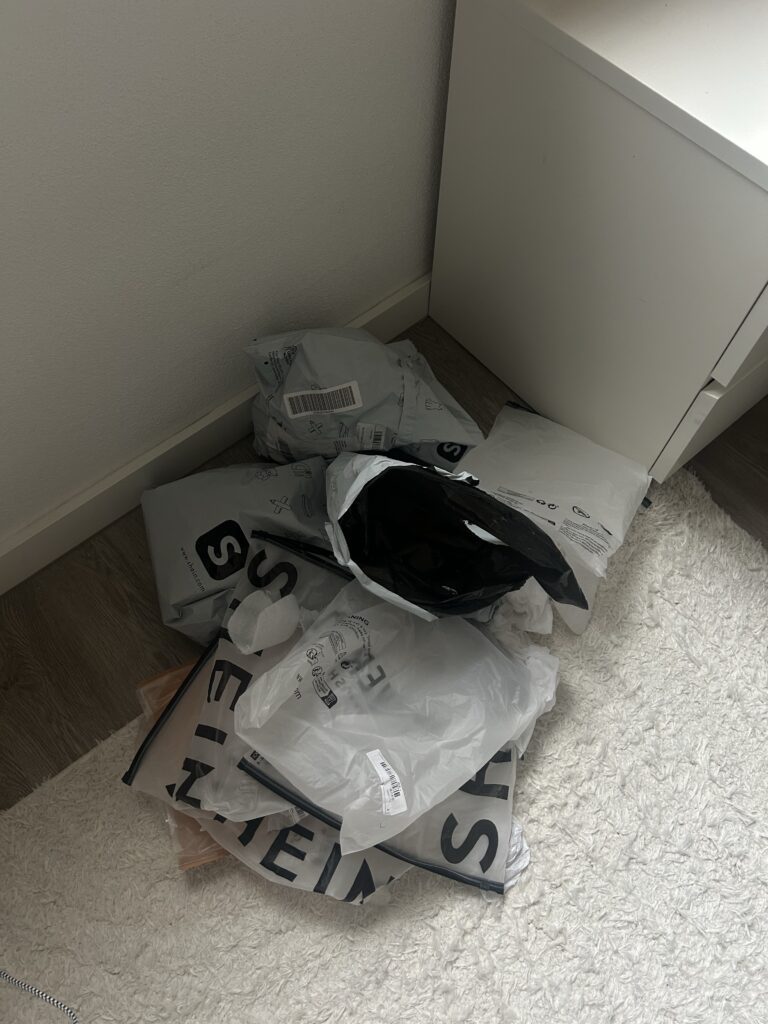Microfibers have become a hot topic in sustainability circles this year.
These tiny synthetic fibers may be small, but they pose a significant threat to our water supplies and wildlife due to their inability to decompose. Small organisms ingest these fibers, introducing pollutants into the food chain. Shockingly, about one in four fish sold at markets contains these microfibers. Clothing isn’t the only source of microplastics, but it accounts for most microfibers in our water. Each time we wash polyester, nylon, or other synthetic garments, microfibers make their way into our oceans.
This critical issue is now reaching mainstream awareness, though initial research dates back to 2011. Ecologist Mark Browne first identified these fibers while studying global shorelines, discovering that 85% of human-made materials on shorelines were microfibers. His groundbreaking paper highlighted that a single garment could release approximately 1,900 fibers. Browne sought collaborations with clothing companies to innovate fiber creation and mitigate environmental risks, but only Eileen Fisher supported the initiative.
It’s not just industrial greywater contributing to the problem. A study published in the Marine Pollution Bulletin found uniform microfiber distribution across the Hudson River, from rural areas to New York City. This suggests that microfibers are expelled from households worldwide, contaminating nearly every water source, not just those near manufacturing sites.
WHAT CAN I DO?
For those interested in vintage clothing, supporting a circular economy, or investing in long-lasting pieces for a capsule wardrobe, this information is alarming. Should you reuse an old polyester shirt, releasing microfibers, or buy something new, creating pollution in other ways?
While avoiding synthetic fabrics is best, some items like tights and stockings are nearly impossible to find without them. We also can’t ignore the millions of tons that already exist. Unfortunately, there’s no perfect solution. The Guppy Friend garment bag is designed to capture microfibers, though any garment bag can reduce mechanical agitation and shedding. However, collected fibers end up in the trash. While it’s better than releasing them into oceans, landfills aren’t ideal since these fibers won’t decompose.
Washing clothes less often is an even more effective tactic. Detergent sprays can help extend the life of delicate or handmade clothes, and the same applies to synthetics. Air drying clothes also earns bonus points for sustainability.
The immediate goal is to reduce microfibers in the ocean, but long-term efforts should focus on changing or eliminating fabrics that shed plastics and improving commercial washing machine filtration systems. For more ideas on changing your habits, check out Plastic Pollution Coalition’s 15 steps to reduce microfibers and this comprehensive online guide on ocean pollution.
Join the Club
Like this story? You’ll love our monthly newsletter.
Thank you for subscribing to the newsletter.
Oops. Something went wrong. Please try again later.






